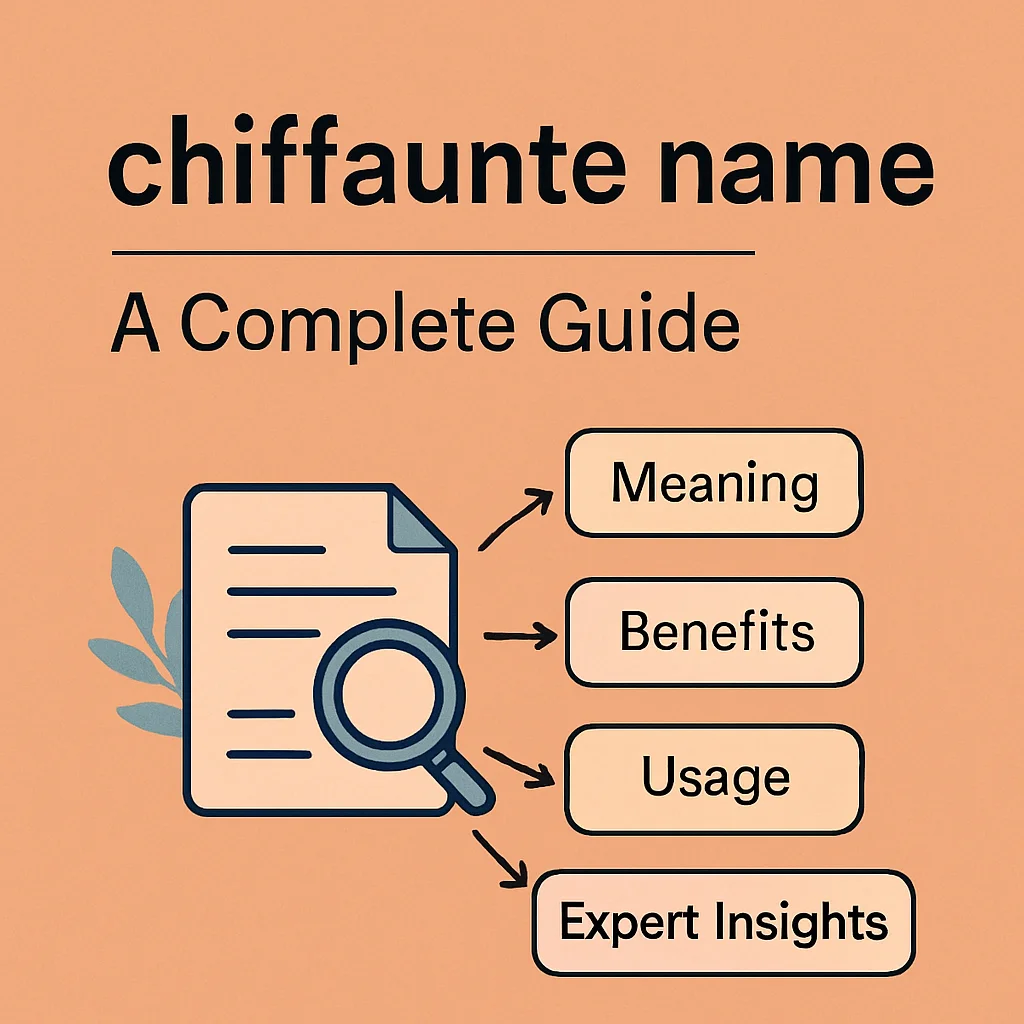Introduction
Age group names are more than just labels — they’re essential for defining demographics, organizing data, and creating tailored experiences for audiences. Whether used in education, marketing, health studies, or research, age group names help segment people into meaningful categories. Understanding age group names allows businesses, organizations, and educators to communicate more effectively and design programs that meet specific needs.
In today’s data-driven world, where personalization matters, the correct use of age group names ensures clarity and better decision-making. This article will cover everything you need to know about age group names, including benefits, practical applications, best practices, and expert tips.
Benefits of Age Group Names
How It Helps in Relevant Context
Age group names play a vital role across multiple industries. For instance:
- Education: Schools and universities group students by age to create grade levels and curriculum plans.
- Healthcare: Medical professionals classify patients by age groups for targeted screening, vaccinations, and risk assessment.
- Marketing: Brands use age group names to segment customers, enabling precise targeting for ads and campaigns.
This classification improves efficiency and ensures that services, products, and policies align with the intended demographic.
Key Advantages for Target Audience
Using age group names offers several advantages:
- Clarity and Consistency: Clear labels like “teenagers” or “millennials” simplify communication.
- Better Analytics: Age group names enable data analysts to measure performance across different demographics.
- Inclusive Planning: Organizations can develop age-appropriate products or services.
- Efficient Research: Researchers rely on age group names to collect and compare data consistently.
By adopting structured group names, businesses and institutions make informed decisions that resonate with their target audience.
How to Use/Apply Age Group Names
Step-by-Step Guide
Using age group names effectively involves a few key steps:
- Define Your Purpose: Determine why you’re segmenting age groups (marketing, education, research, etc.).
- Identify the Standard Age Brackets: Common divisions include children (0–12), teens (13–19), young adults (20–35), middle-aged adults (36–55), and seniors (56+).
- Choose Recognizable Labels: Use widely accepted names (e.g., toddlers, adolescents, millennials, Gen Z) to ensure clarity.
- Be Consistent Across Platforms: Apply the same group names in reports, surveys, and presentations.
- Validate and Update Regularly: Cultural and generational changes can alter how age group names are perceived (e.g., Gen Alpha, Gen Z).
Common Mistakes to Avoid
While age group names are straightforward, these common errors can reduce their effectiveness:
- Overlapping Categories: Avoid age brackets that overlap (e.g., 18–30 and 25–35) as it causes confusion.
- Cultural Bias: Some age group names may have different meanings across regions; always verify terms.
- Inconsistency: Using different names for the same age group across platforms undermines credibility.
- Ignoring Trends: Failing to update group names with generational shifts can make your approach outdated.
Best Practices for Age Group Names
Tips & Tricks for Better Results
Follow these best practices to get the most out of age group names:
- Use Descriptive Labels: Names like “preschoolers” or “early retirees” instantly convey context.
- Combine Quantitative & Qualitative Data: Support age ranges with behavioral traits for a richer understanding.
- Segment Further If Needed: Large groups (like “adults”) can be subdivided into smaller segments for precision.
- Ensure Accessibility: Present age group names clearly in charts, infographics, and reports for easy interpretation.
Expert Recommendations
Experts recommend staying updated with demographic trends. For example:
- Generational Naming: Keep track of generational labels (Gen Z, Gen Alpha) as they evolve.
- Standardization: Use international standards where possible (like WHO’s age group classification) for global consistency.
- Cross-Sector Collaboration: Align with educational, health, and marketing standards to maintain uniformity in age group names.
External resources, such as Pew Research Center, regularly publish demographic and generational breakdowns, making them valuable for referencing group names.
FAQs About Age Group Names
Answer Common Questions
- What are some common age group names?
Examples include infants, toddlers, preschoolers, teenagers, young adults, middle-aged adults, seniors, millennials, Gen Z, and Gen Alpha. - Why are age group names important?
They help categorize individuals for better communication, planning, and research purposes. - How often should age group names be updated?
Review your group names annually to ensure they reflect current cultural and generational shifts. - Can businesses create their own age group names?
Yes, but ensure they’re intuitive and explain them clearly to your audience. - Are age group names universal?
Not always. Some terms vary by region or culture, so it’s essential to understand your target audience.
Conclusion
Age group names are powerful tools for organizing, understanding, and reaching diverse audiences. Whether in education, healthcare, marketing, or research, they provide a clear framework for segmentation and communication.
By using consistent, well-researched, and culturally relevant group names, organizations can improve their strategies and connect more deeply with their target demographics.
If you’re planning to implement age group names in your work, start by defining clear brackets, using recognizable labels, and updating them regularly to reflect societal changes.
Call to Action:
Ready to improve your demographic targeting or research? Start by applying these age group names best practices today and experience clearer communication and better results.


